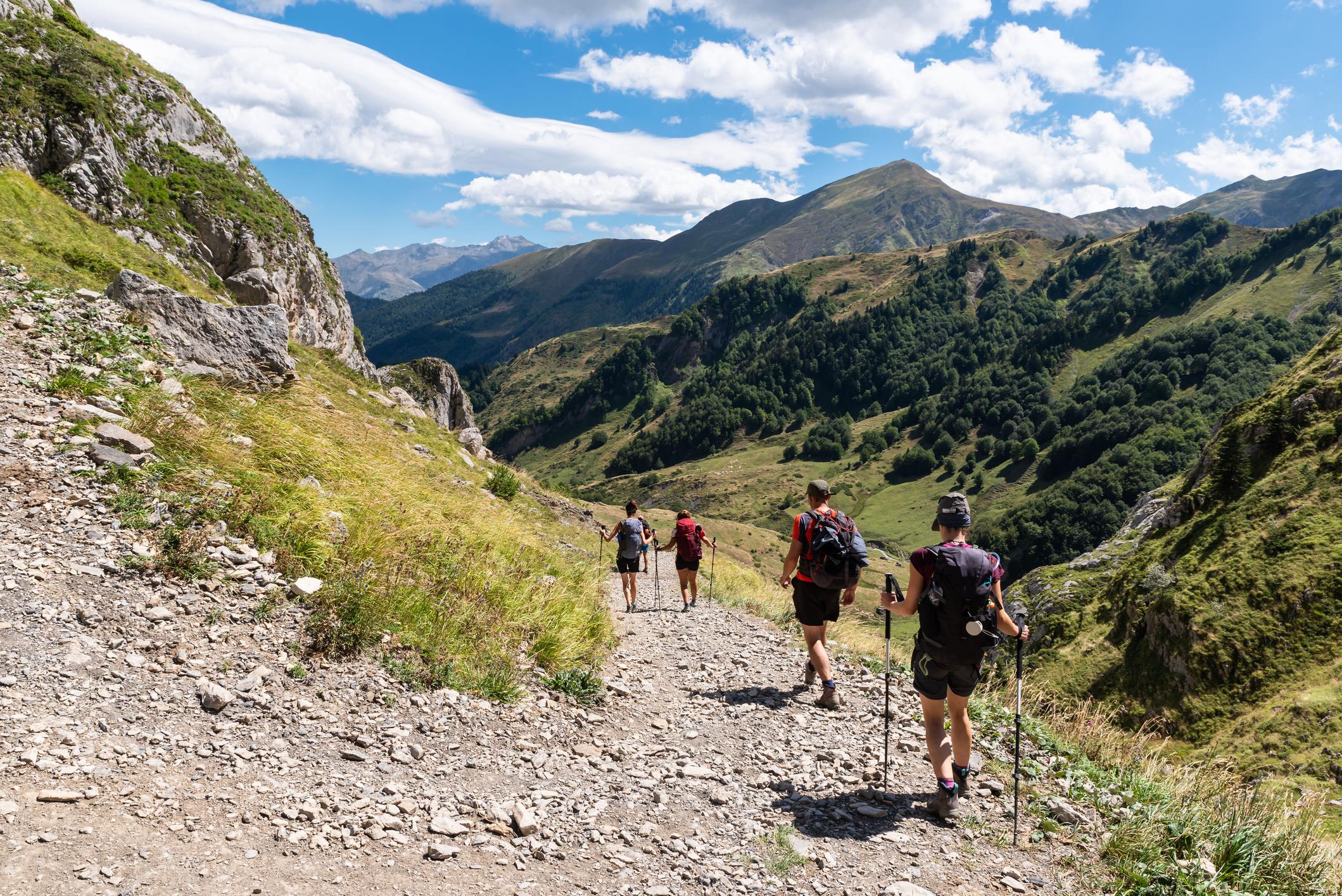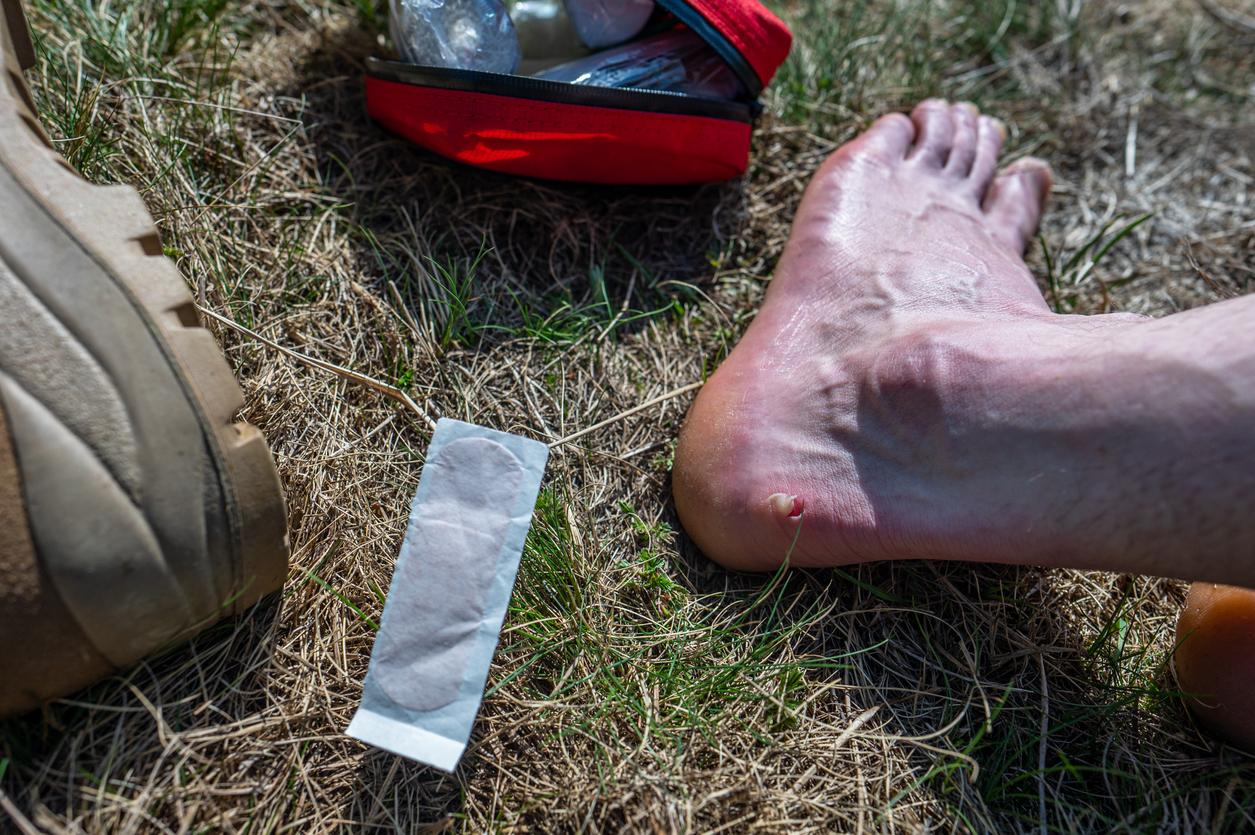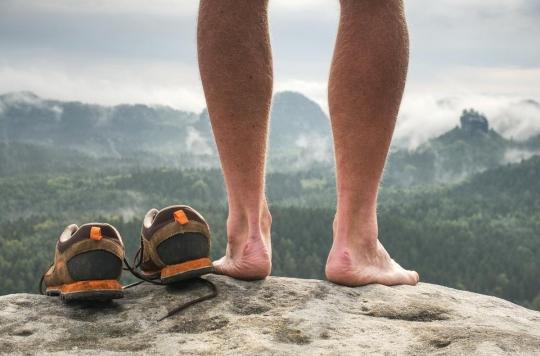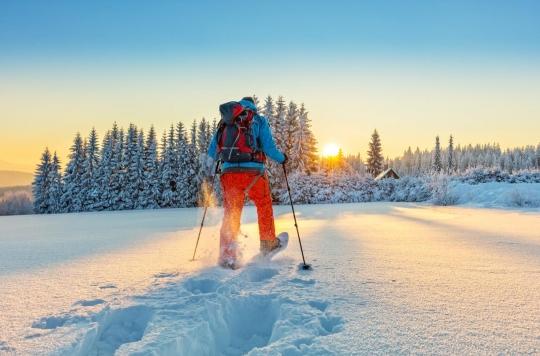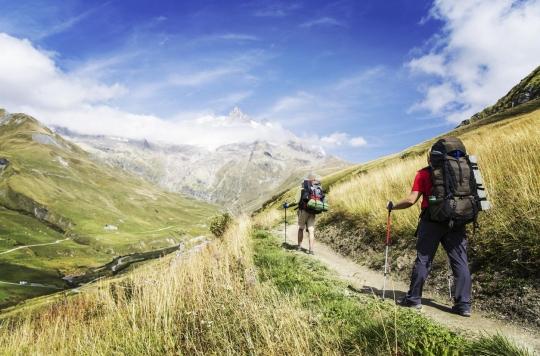
Enjoy the snow in peace
Love snow, but not crazy about the speed of skiing? You can also go hiking in ski areas. With special snowshoes you can enjoy nature in peace.
Snowshoeing is easy. You don’t have to take any lessons for it, and there are no special techniques involved. Expensive sports equipment is also not necessary: a pair of mountain hiking boots and ski poles is enough.
Telescopic ski poles
Hiking with snowshoes is not difficult. Your shoes bite into the snow with the crampons. As a result, when you walk, you should lift your feet a little higher than usual.
You should also space them a little further apart. For better balance and not to tire your legs too much, it is best to use telescopic ski poles. When climbing you can shorten them and when descending you can remove them again.
Keep the poles parallel to your body but out of reach of your snowshoes. When descending, be careful to put your heel in the snow so you don’t slip.
Professional shoes
For walks through forests and hills, a pair of snowshoes with two iron tips will suffice. If your ambitions are higher, it is better to rent professional shoes. They are larger and have ten large iron points, which you can use to master slopes of up to 50 degrees.
Those who want to venture on glaciers and mountain ridges are best led by a guide. It can be very dangerous at those heights. For example, crevices can be hidden under the snow and dangerous protrusions arise along the ridges and slopes, where deep gorges gape.
avalanches
Always inquire in advance about possible avalanche danger. After heavy precipitation, the snow always needs some time to recombine. Until that is done, it is wiser to stay in the woods during your walk.
Special transmitters that speed up the search for avalanche victims are a must. They increase your chance of survival if you do end up in an avalanche. Do not rely too much on your mobile phone. The battery drains quickly due to the cold.
Never leave without a map, especially if you plan to deviate from the existing paths. After all, the snow also covers frozen lakes whose ice may be too thin to support human weight. A compass is also an absolute must.









